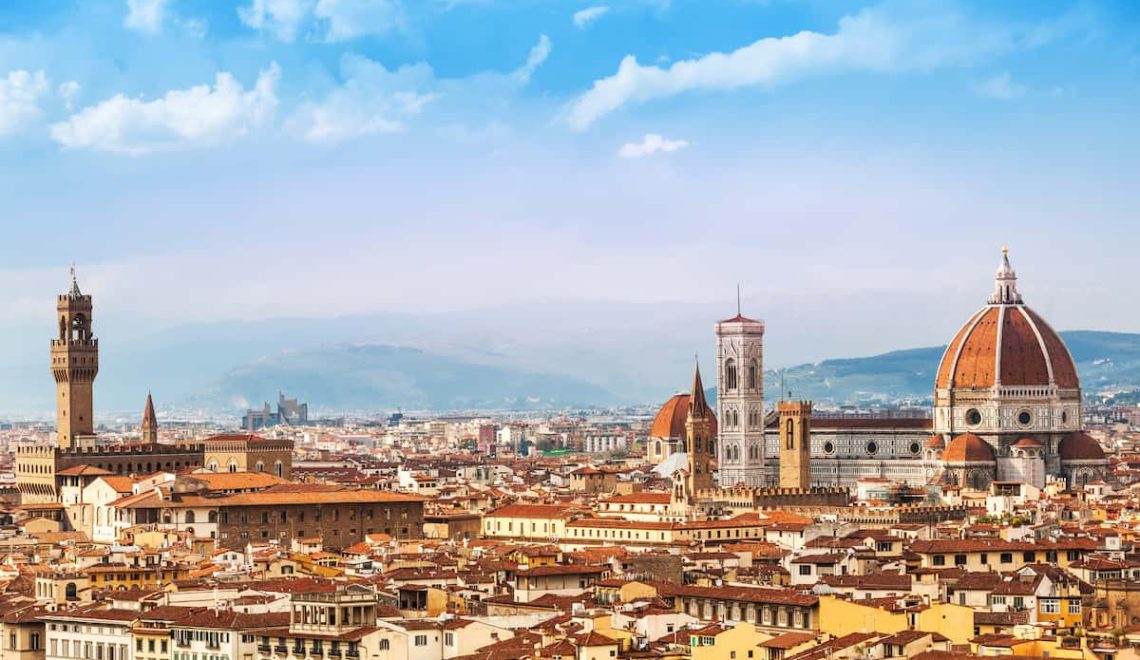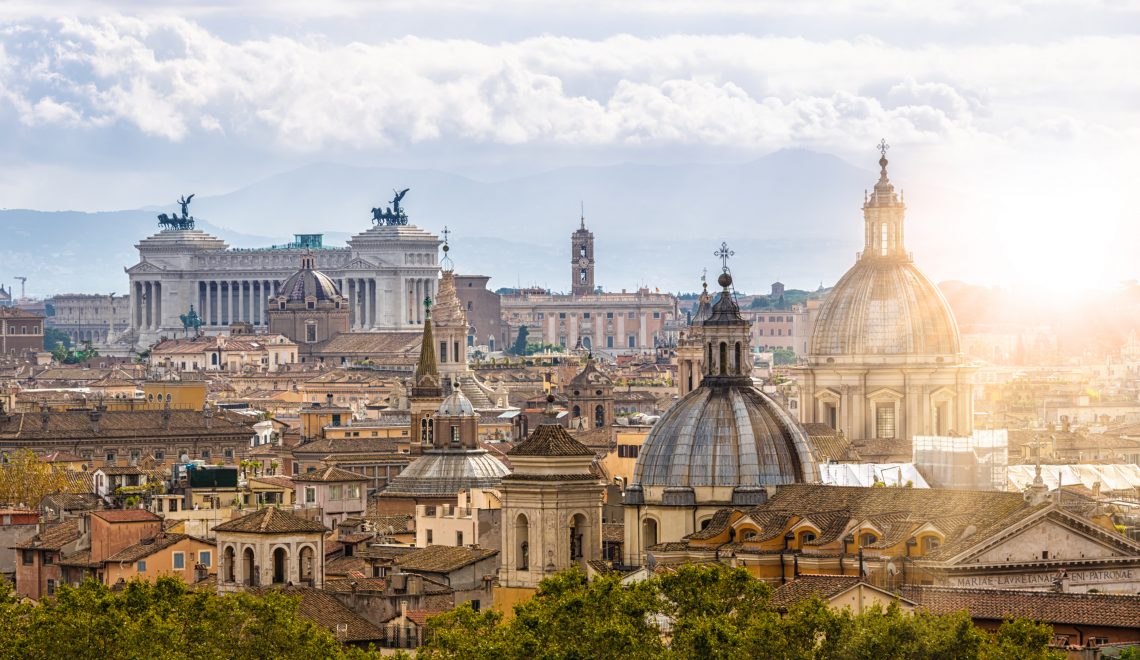
Rome is a city of grand emotions but also of small, intimate surprises: a sunset from the Janiculum Hill, a lantern-lit alley in Trastevere, a plate of carbonara served in a family-run trattoria. Visiting Rome means embracing a total experience where art, history, faith, and everyday life weave together into a timeless mosaic.
Why you should visit Rome at least once in your life

The Eternal City: where history meets modernity
Rome isn’t just the capital of Italy—it’s a living open-air museum. Strolling through its streets means walking through over two millennia of history: from ancient ruins to Renaissance masterpieces, from Baroque piazzas to modern corners that still echo with timeless grandeur.
It’s a dream for every traveler: to stand before the Colosseum, toss a coin into the Trevi Fountain, or climb the Spanish Steps.
The iconic landmarks you can’t miss in Rome
Here is a list of unmissable places to see in Rome:
- The Colosseum and the Imperial Forums
- Piazza Venezia and the Altare della Patria
- Trevi Fountain and its legendary coin toss
- Piazza di Spagna and the Spanish Steps
- The Pantheon, a jewel of antiquity
- St. Peter’s Basilica
- Vatican Museums and the Sistine Chapel
The Colosseum and the Imperial Forums
Among the must-see attractions in Rome, the Colosseum undoubtedly takes first place. Also known as the Flavian Amphitheatre, it was inaugurated in 80 AD under Emperor Titus and could accommodate up to 70,000 spectators. Here, crowds once watched gladiator battles, hunts featuring exotic animals, and even naval shows — the arena was occasionally flooded to recreate miniature sea battles, an astonishing feat of ancient engineering.
Standing 48 meters high with four tiers of arches, the Colosseum remains the ultimate symbol of Roman grandeur and ingenuity. Once entirely covered in white marble, it still preserves an awe-inspiring charm — especially at sunset, when the stone glows with warm golden hues.
Today, visitors can explore the arena floor, the underground tunnels, and the upper levels through guided tours that bring to life the daily scenes of ancient Rome. The site is open daily from 9:00 a.m. until sunset (hours vary seasonally), and combined tickets also include entry to the Roman Forum and the Imperial Forums. Booking online in advance is highly recommended to avoid long queues, especially during spring and summer.
Just a short walk away lies the vast Imperial Forums area — an open-air museum that tells the story of Rome’s evolving power. Strolling along Via dei Fori Imperiali, you can admire the remains of temples, arches, and columns from the forums built by Caesar, Augustus, Nerva, and Trajan, ending at the magnificent Trajan’s Column, which narrates the emperor’s military victories in exquisite relief.
Travel tip: visit the Forums in the evening hours, when the night lighting enhances the ancient ruins, turning the walk into a truly magical and unforgettable experience.
Piazza Venezia and the Altare della Patria
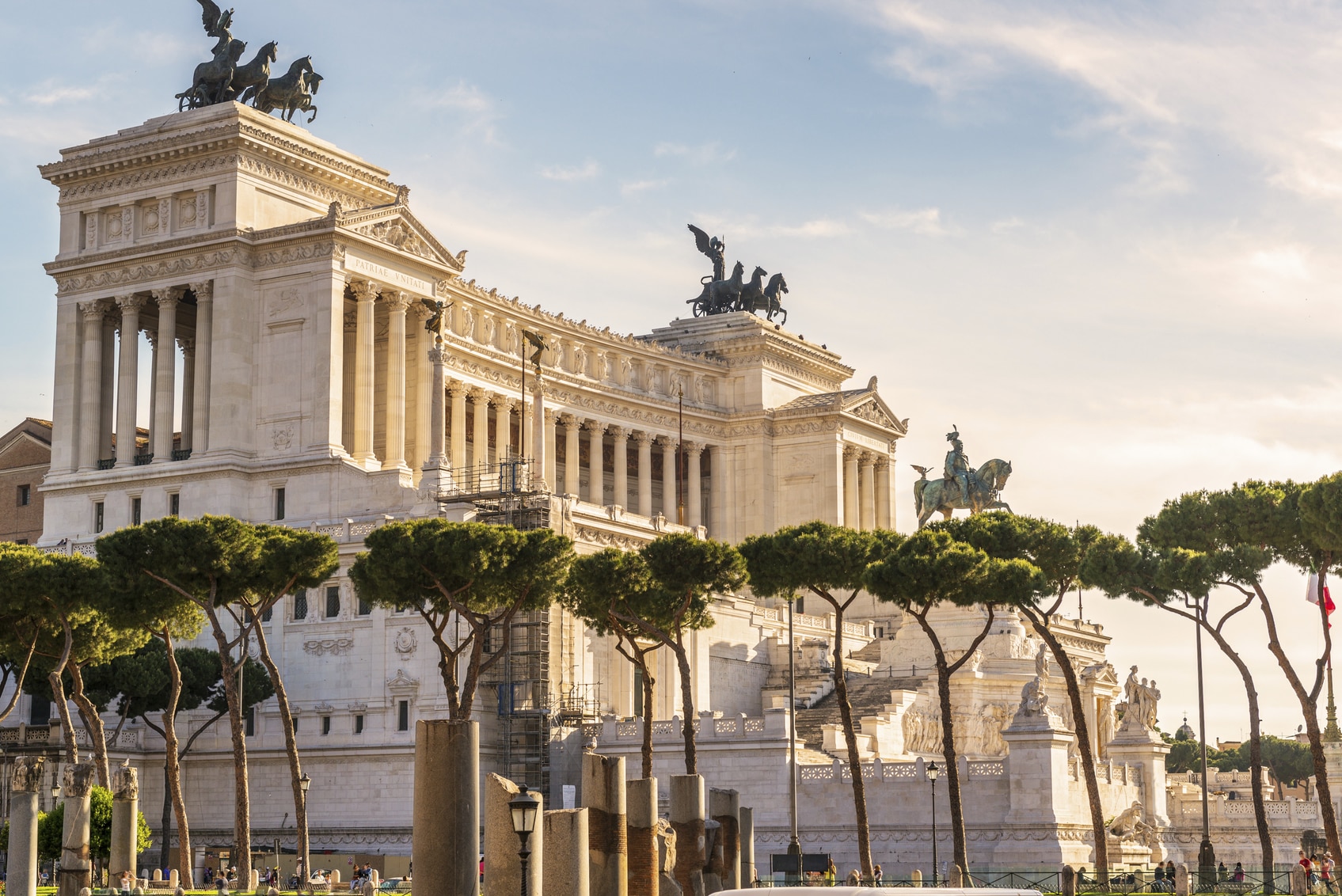
Dominating the square with its gleaming white marble staircase, the Vittoriano—also known as the Altare della Patria—stands as a monument to Italy’s unification. Climb up to its panoramic terrace for breathtaking views over central Rome.
Trevi Fountain: the coin toss ritual
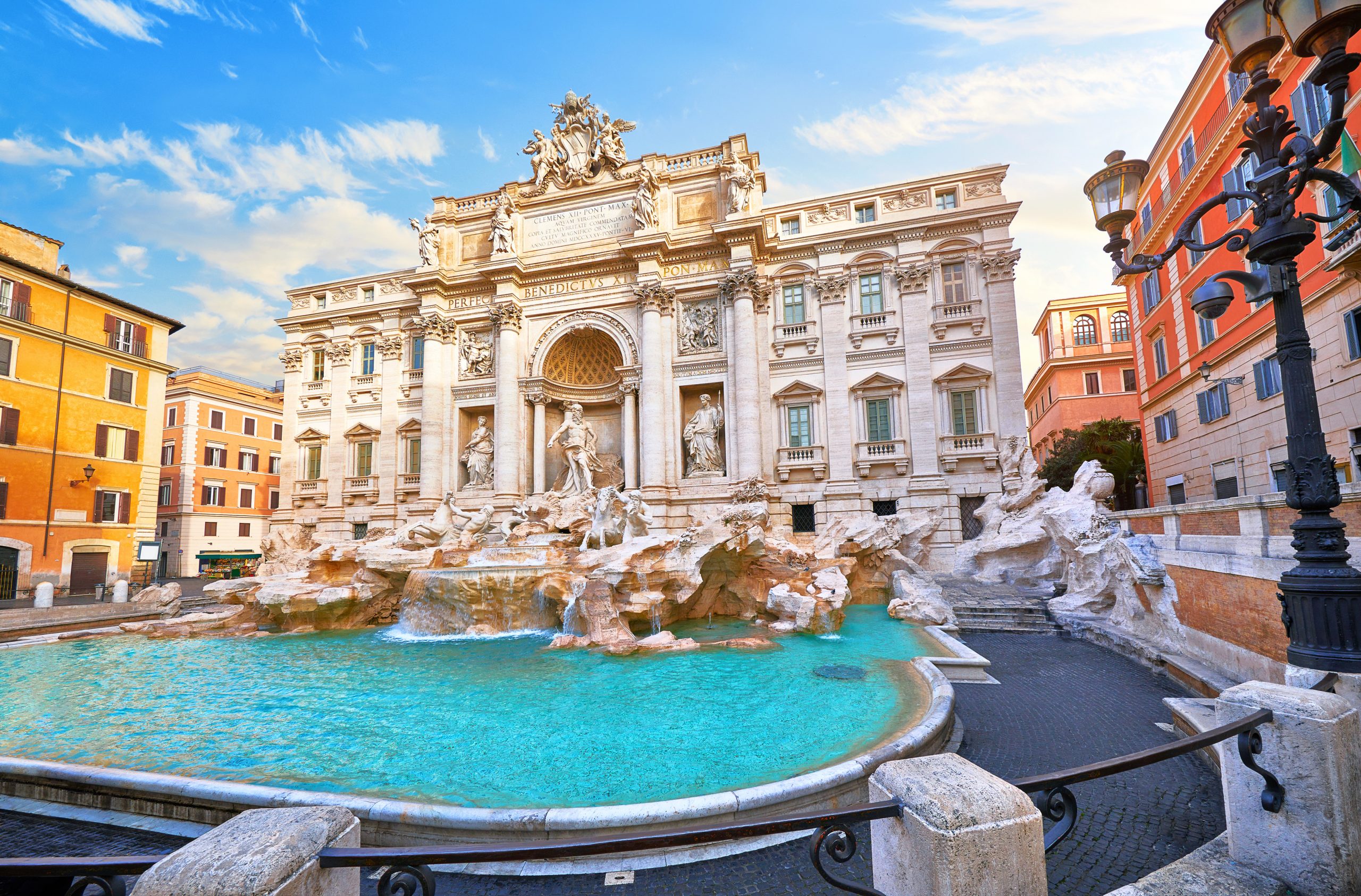
The Trevi Fountain is not only a Baroque masterpiece, but also one of the most iconic and beloved landmarks in Rome — a place that never fails to enchant those who stand before it. Designed in the 18th century by Nicola Salvi and completed by Giuseppe Pannini in 1762, it celebrates water as a source of life and beauty through a breathtaking display of sculpture and movement.
At its center stands Oceanus, the god of the sea, riding a shell-shaped chariot pulled by sea horses and tritons — a harmonious scene that perfectly captures the spirit of Roman Baroque. The name “Trevi” likely comes from trivium, meaning “the meeting of three streets,” referring to the crossroads where the fountain was built. Its water flows from the Aqua Virgo aqueduct, one of the oldest in Rome, still functioning after more than 2,000 years.
The Trevi Fountain is also steeped in tradition and legend. It’s said that tossing a coin over your left shoulder with your right hand ensures a return to the Eternal City; two coins promise new love, and three predict marriage. Every day, over €3,000 are collected from the fountain’s basin — all donated to Caritas Rome, supporting charitable projects for people in need.
The fountain is most magical at night, when the soft lights reflect off the white marble and the shimmering water, creating an unforgettable atmosphere. It’s no wonder this spot has become immortalized in cinema, most famously in Federico Fellini’s “La Dolce Vita.”
Travel tip: visit early in the morning or late at night, when the crowds fade away, and you can truly experience the timeless charm of this Roman icon.
Piazza di Spagna and Trinità dei Monti
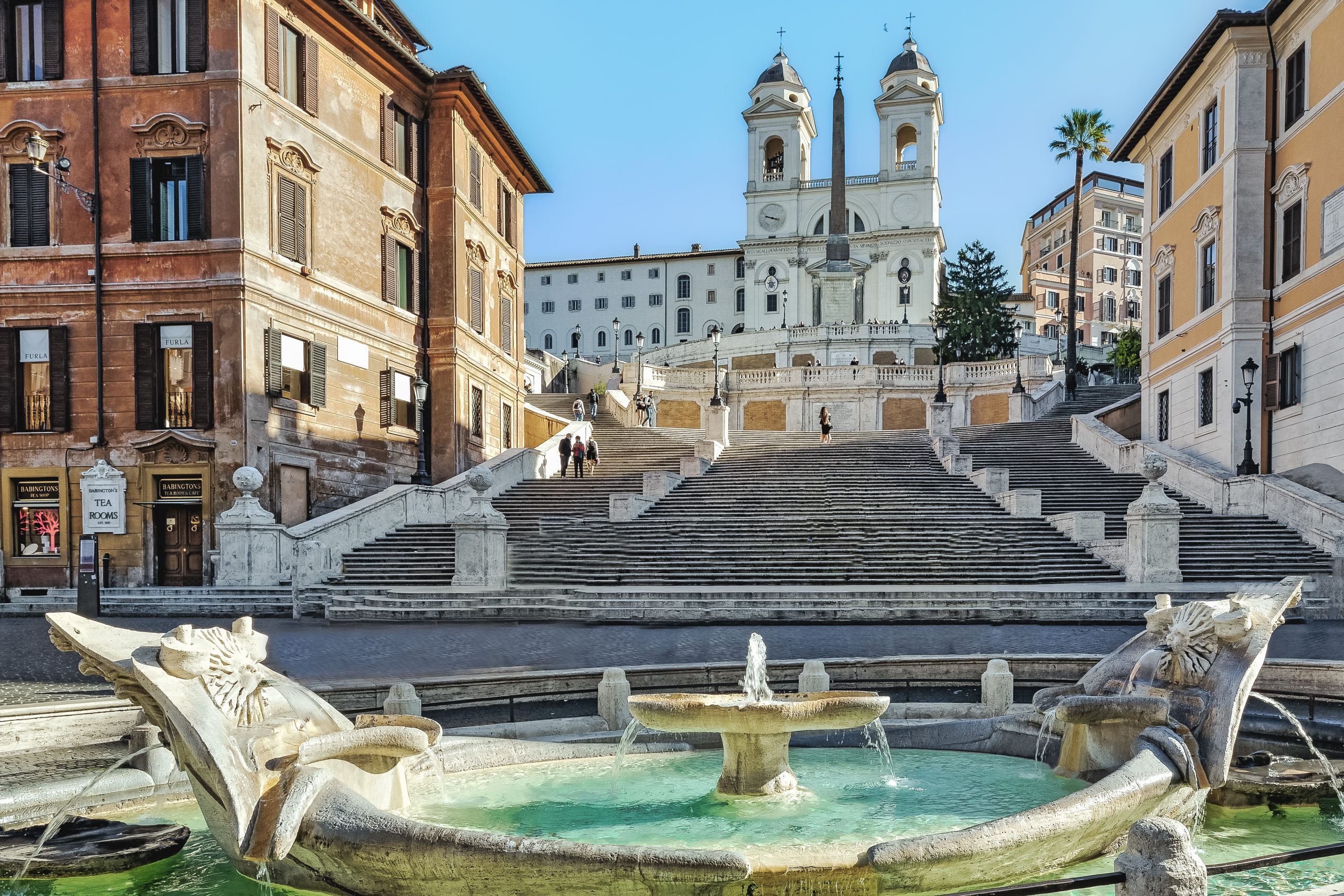
The Spanish Steps are another symbol of Rome. In spring, they bloom with flowers; all year long, they’re a lively meeting point for locals and visitors alike. From the top, your gaze sweeps down to Via Condotti, the heart of high-end shopping.
The Pantheon, an Ancient Masterpiece

The Pantheon is one of the best-preserved monuments of the ancient world and one of Rome’s most extraordinary architectural wonders. It was built between 118 and 125 AD under the emperor Hadrian, on the remains of an earlier temple dedicated to all the gods — hence the name “Pan-theon”, meaning “temple of all deities.”
As you step inside, your gaze is immediately drawn upward to the perfect dome, a masterpiece of engineering that continues to amaze architects and visitors alike. With a diameter of 43.3 meters, exactly equal to its height, the Pantheon’s design achieves a rare and harmonious proportion. The most fascinating feature is the oculus, a 9-meter-wide circular opening that lets in natural light, symbolizing the connection between heaven and earth. When it rains, the water is cleverly drained through small holes in the marble floor — a detail that reveals the extraordinary ingenuity of Roman builders.
Over the centuries, the Pantheon has undergone several transformations: in 609 AD it was consecrated as the Christian Basilica of St. Mary and the Martyrs, which ensured its preservation through time. Inside lie the tombs of great figures in Italian history, including Raffaello Sanzio and the Kings of Italy Vittorio Emanuele II and Umberto I.
Today, visiting the Pantheon is free of charge and remains one of Rome’s most awe-inspiring experiences. It’s open daily from 9:00 a.m. to 7:00 p.m. (last entry at 6:45 p.m.). Our tip: visit early in the morning, when the light from the oculus perfectly illuminates the interior and the crowds are still thin — it’s a magical moment when ancient Rome truly comes back to life.

Rome Day Trip: Where to Go in a Day
Whether you’re exploring ancient ruins, enjoying lakeside serenity, or indulging in culinary delights, the areas around Rome offer diverse experiences that can be enjoyed in a single day.
Rome and the Vatican: timeless faith and beauty

St. Peter’s Basilica
One of the most visited sites in the world, St. Peter’s Basilica is home to Michelangelo’s Pietà and Bernini’s magnificent Baldacchino. Climbing its dome rewards you with sweeping views of Rome and the Vatican Gardens.
Vatican Museums and the Sistine Chapel

The Vatican Museums hold an immense treasure trove of art and culture, from classical antiquities to modern masterpieces. The highlight, of course, is the Sistine Chapel, where Michelangelo’s frescoes captivate every visitor.
The most Authentic Neighborhoods: Trastevere and Monti
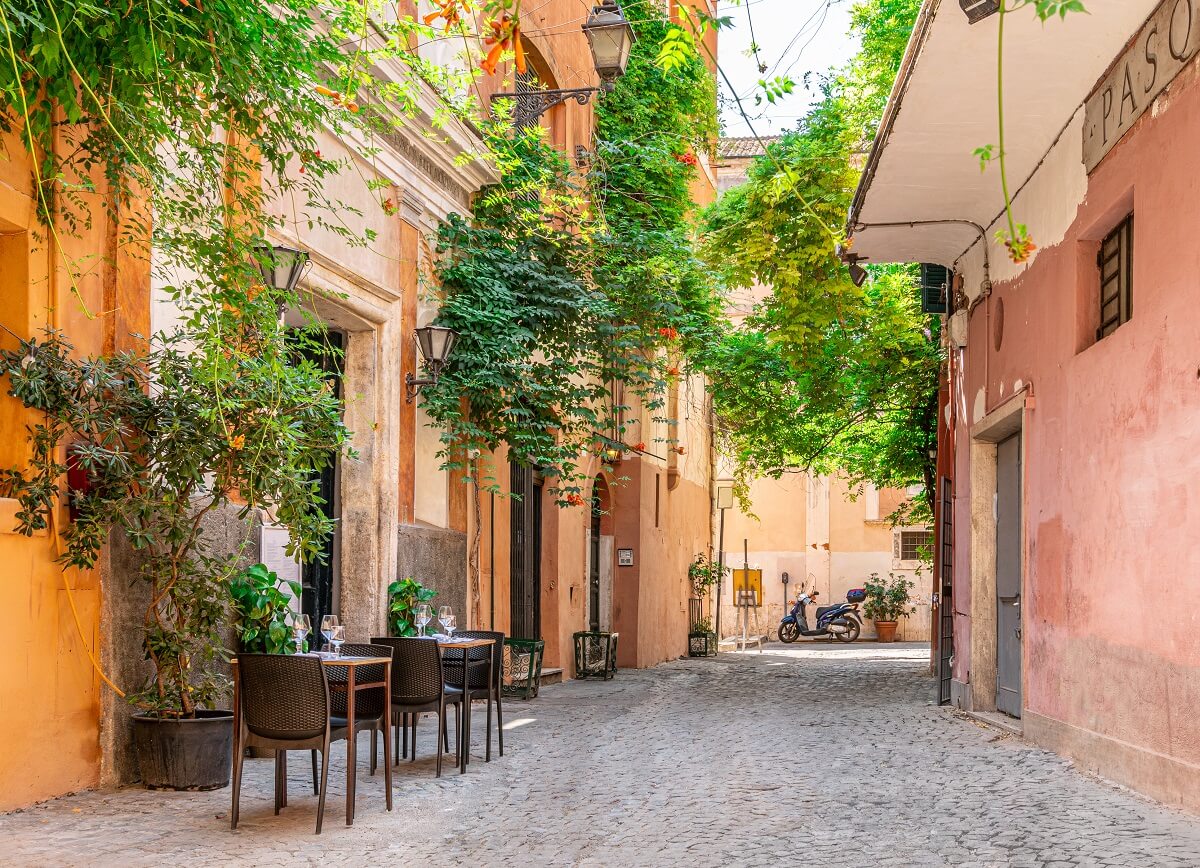
To truly feel the city’s soul, lose yourself in Trastevere’s lively alleys, filled with trattorias and piazzas buzzing with life. Monti, with its bohemian flair, artisan boutiques, and chic cafes, is equally captivating.
Villas and parks for a relaxing walk
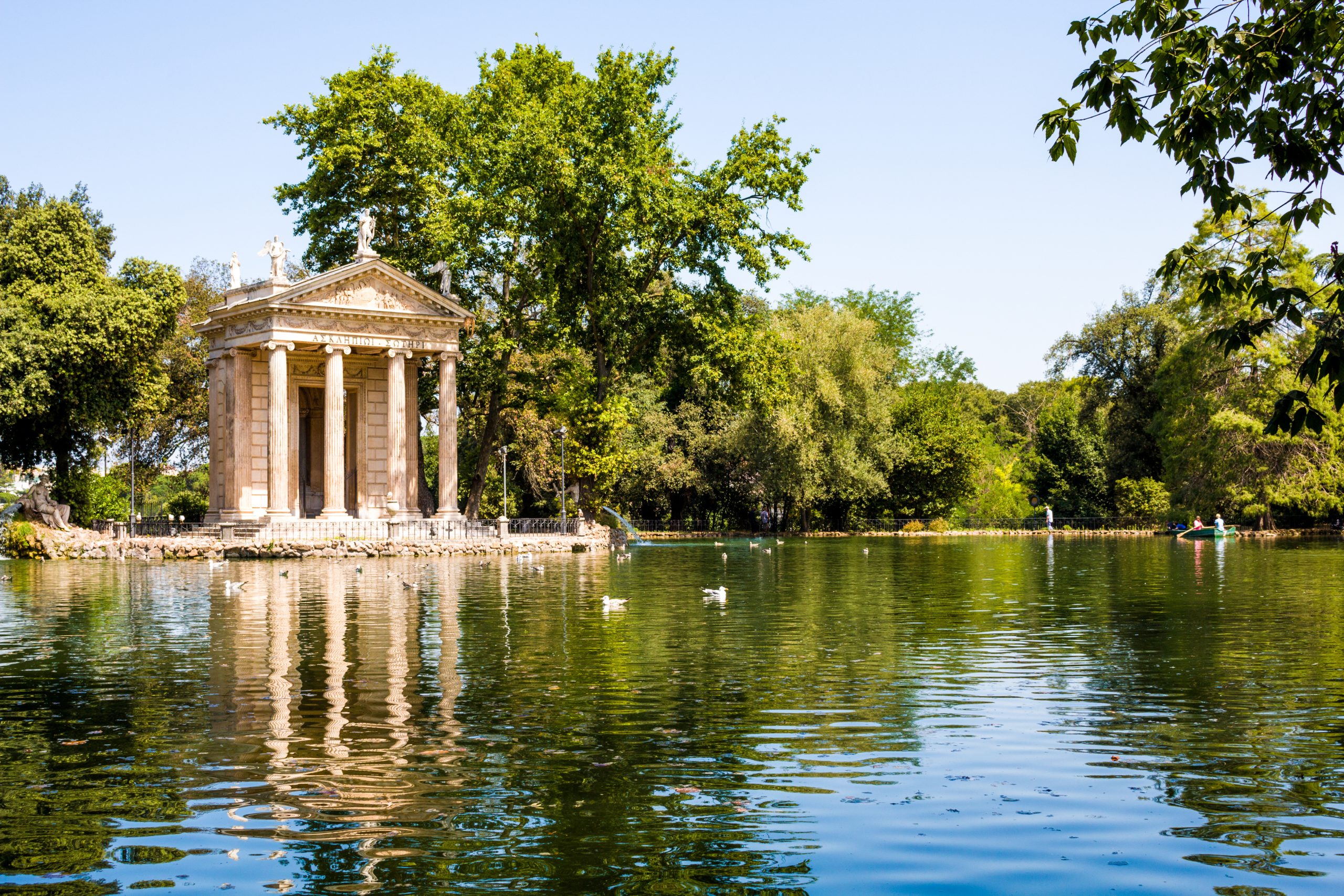
Rome also offers plenty of green escapes: Villa Borghese’s elegant gardens, the Janiculum terrace with its sweeping views, or the Aqueduct Park, where ancient Roman arches rise dramatically over meadows.
What to eat in Rome
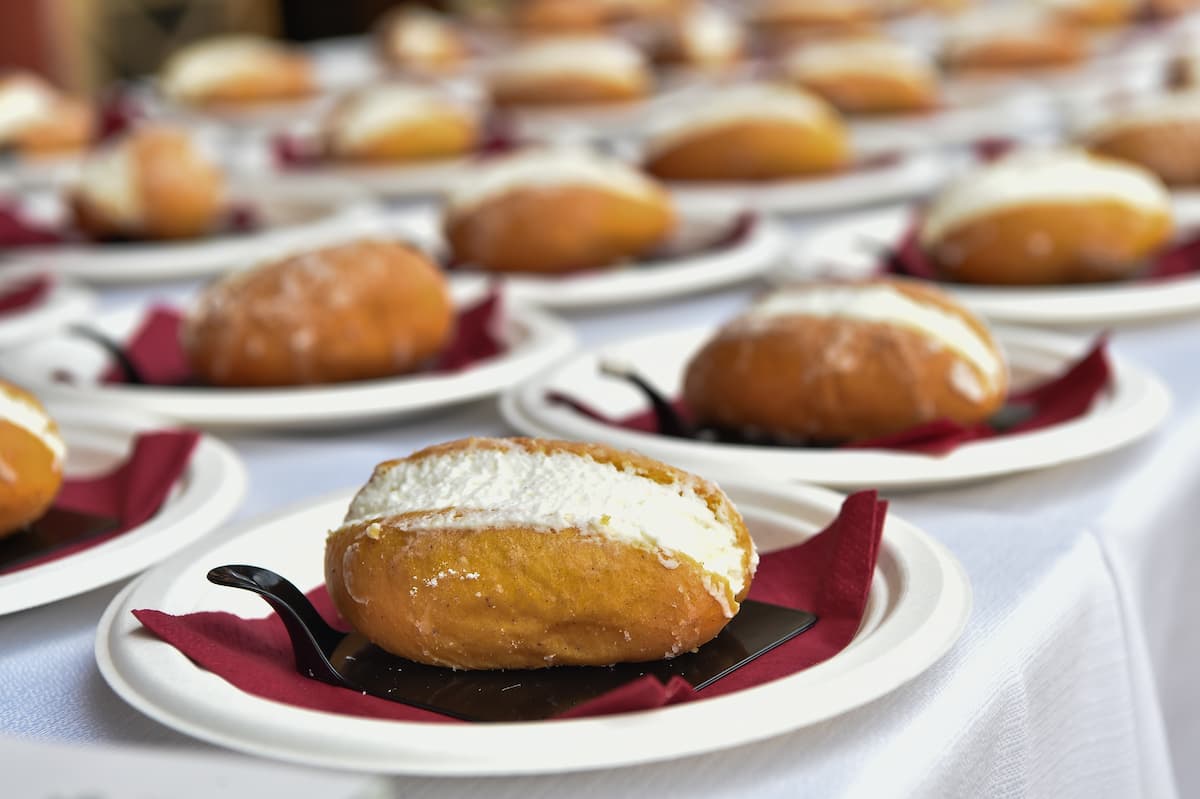
Rome is just as famous for its food as for its art. A visit wouldn’t be complete without savoring its iconic dishes.
- Carbonara: creamy, peppery, and unforgettable.
- Cacio e pepe: simplicity elevated to excellence.
- Amatriciana: a bold, savory red sauce.
- Artichokes alla giudia or alla romana: timeless classics.
- Coda alla vaccinara: hearty, rustic, and full of flavor.
- Supplì al telefono: the ultimate Roman street food snack.
- Maritozzo with cream: the sweet star of Roman breakfasts.
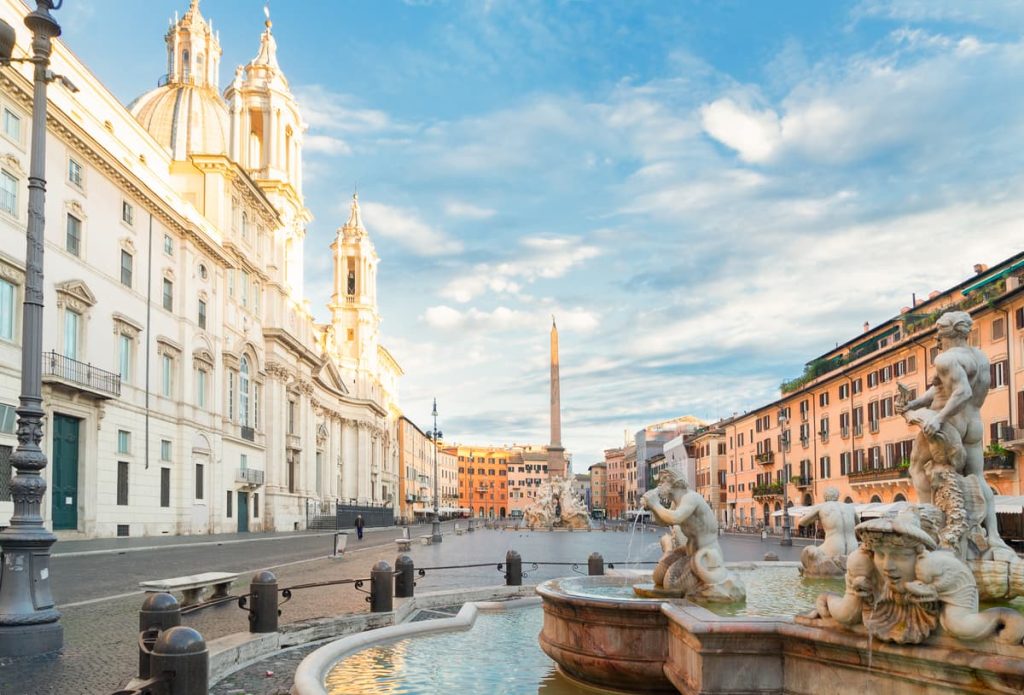
5 Restaurants for dining al fresco in Rome among monuments and iconic symbols of the city
The 5 best restaurants with outdoor seating in Rome: Aroma, Osteria dell’Ingegno, Armando al Pantheon, Alfredo alla Scrofa, and Spiazzo.
Practical tips for visiting Rome
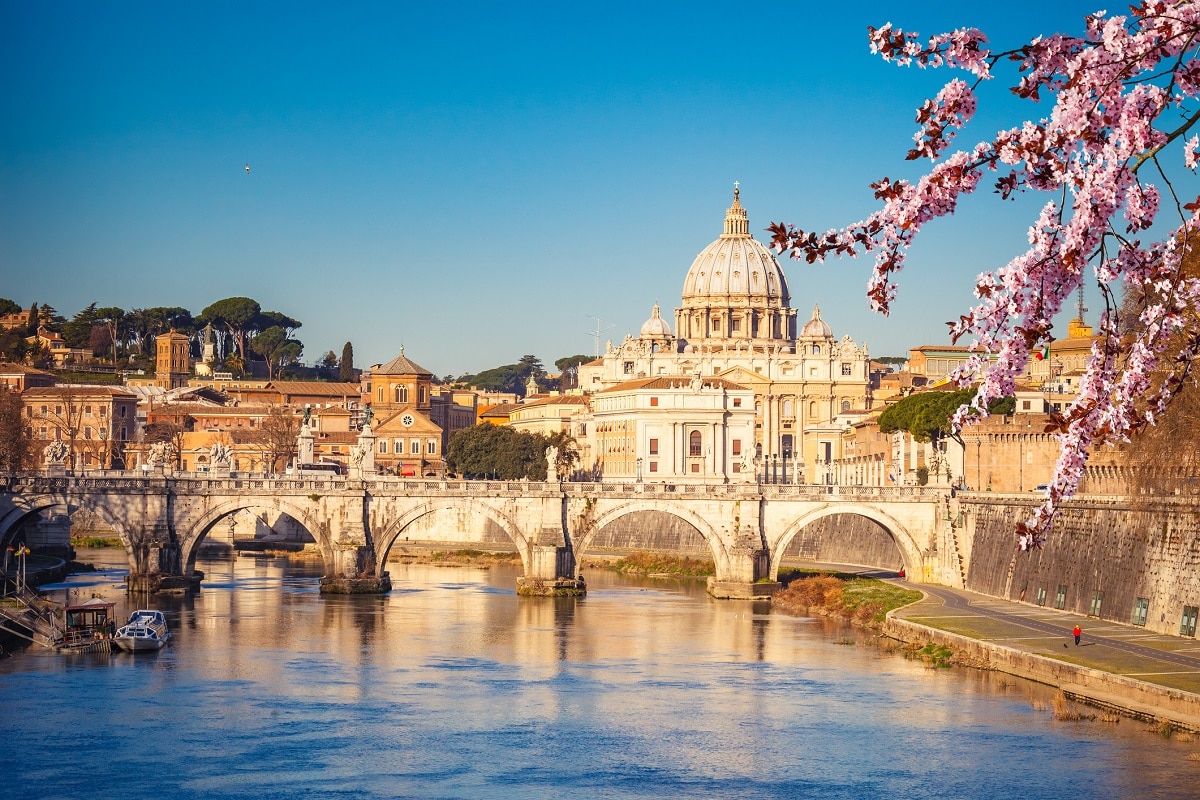
When to go to Rome
Rome enchants all year round, but spring and autumn are the best times to visit thanks to mild weather. Summers can be hot, but evenings bring magical atmospheres.
How to get around the city
The historic center is best explored on foot. For longer distances, use the metro or buses. For a unique perspective, try a bike ride along the Tiber River.
Travel to Rome with Italo
The best routes to the Capital
Getting to Rome with Italo Treno is simple and fast thanks to routes connecting the capital with Italy’s main cities: Milan, Florence, Naples, Turin, and many more. Roma Termini station is located in the heart of the city, giving immediate access to the iconic landmarks. Traveling with Italo means experiencing comfort and convenience from the very beginning of your journey, knowing the Eternal City awaits just steps away.




